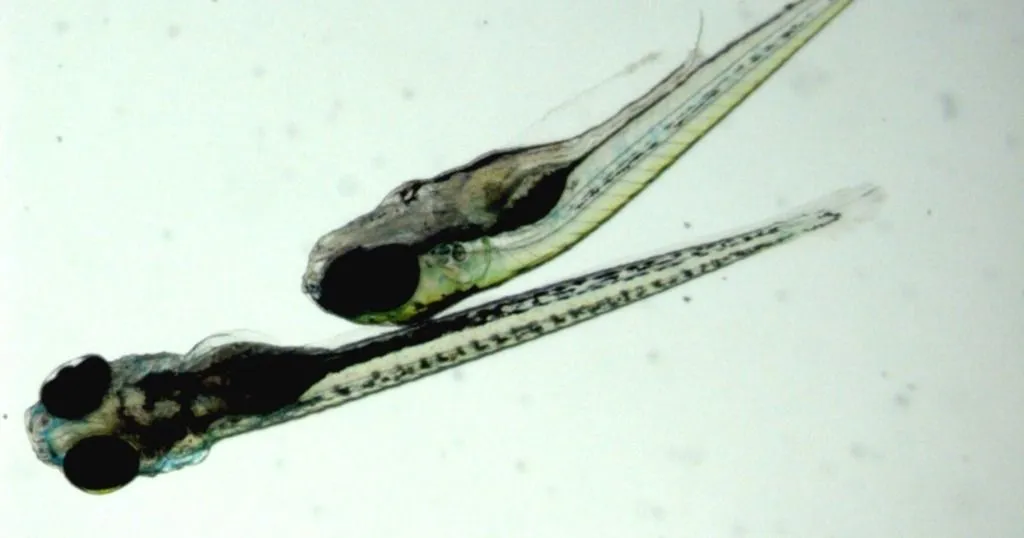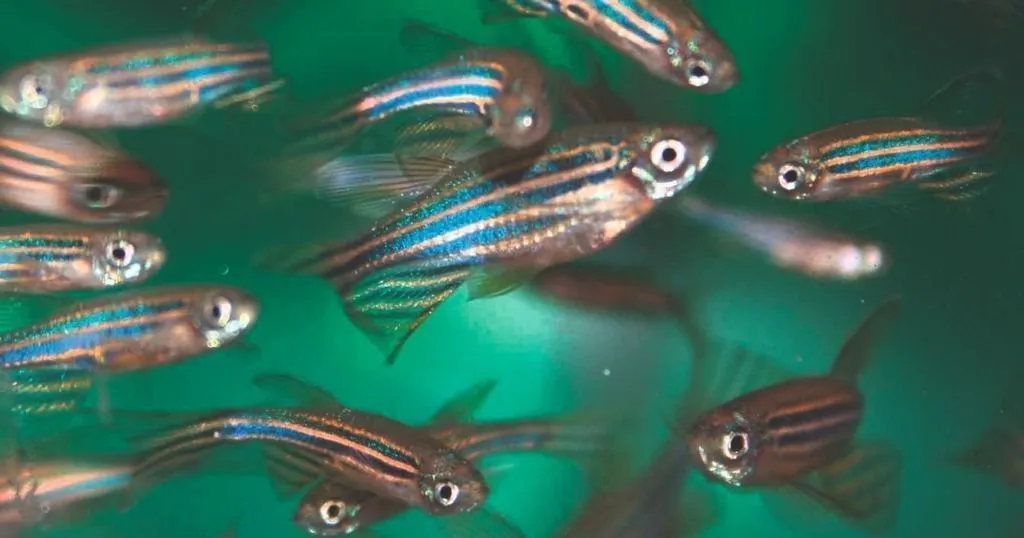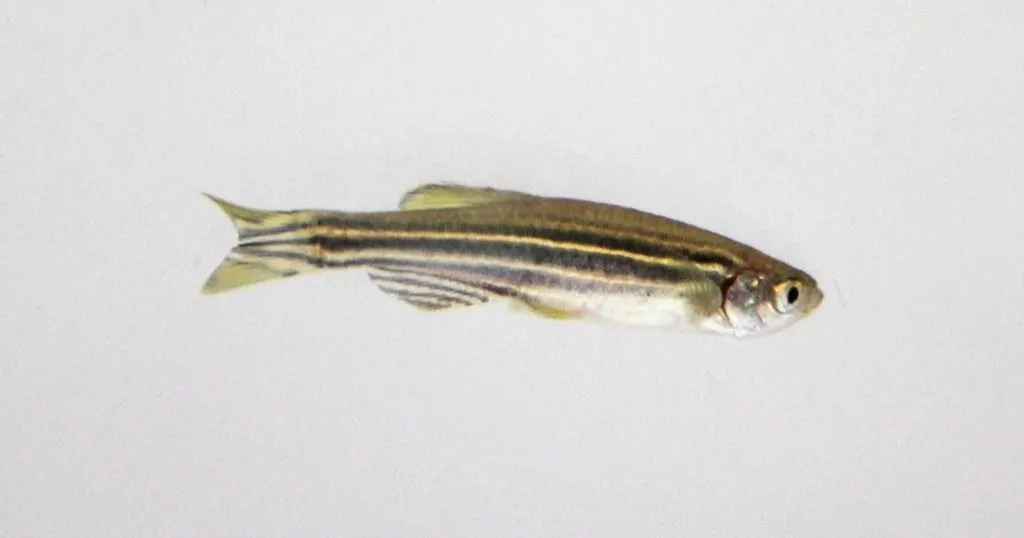The effects of quantum dots on zebrafish larvae locomotor behavior
Ever heard of quantum dots? These dots are nanoparticles made of a semiconductor material, which have unique optical properties, making them of great interest for fields such as biological imaging, medical diagnostics.
Posted by
Published on
Mon 16 Sep. 2013
Topics
| DanioVision | EthoVision XT | Locomotion | Toxicity | Video Tracking | Zebrafish |

Ever heard of quantum dots? These dots are nanoparticles made of a semiconductor material, which have unique optical properties: the wavelength (and thus color) of their light emission depends on their size, rather than the material they are made of. This is why they are of great interest for fields such as biological imaging, medical diagnostics, drug delivery, and gene therapy.
Image courtesy: Erasmus MC, Rotterdam, The Netherlands
Toxicity of tiny dots
Quantum dots (QDs) are great stuff, but of course, their value also depends on how safe they are. For example, QDs made of Cadmium Telluride (CdTe) are used to make solar cells, can be used in optical windows and lenses, and are also promising in the field of life sciences (e.g. bio-medicine labeling). However, their use is limited by their toxicity.
Testing toxicity in zebrafish
Duan et al. recently published an article on the developmental toxicity of CdTe QDs in zebrafish in the Journal of Nanoparticle Research. For their study, they exposed zebrafish embryos to four different concentrations of these nanoparticles and evaluated their development. They also investigated the prolonged effects of QDs in larvae.
Effects on zebrafish embryo development
Zebrafish embryos of the AB wild-type strain were exposed to the QDs from 4 hours to 96 hours post fertilization. The assessment of developmental toxicity included mortality rates, hatching rates, heart rates, and malformations. All of these showed a time and concentration dependent negative effect.
Prolonged effects on zebrafish larvae locomotor behavior
Zebrafish larvae were tested at 6 days post fertilization, after the QD exposure had ended. They were tested in two experiments in 24 well-plates in a DanioVision Observation Chamber. In the first test, larvae were acclimatized to visible light for 20 minutes and then the locomotor activity of the larvae was recorded for 5 minutes with EthoVision XT video tracking software. Larvae locomotor activity, automatically measured as total swimming distance, was suppressed in treated larvae in a dose-dependent manner: the higher the concentration of QD-exposure during early development, the lower the activity of the larvae at 6 dpf.
Effects on zebrafish larvae behavior in light-dark cycles
In a second test, a light-dark experiment, larvae were acclimatized in 20 minutes of darkness, after which a cycle of 10 minutes of darkness alternating with 10 minutes of lights-on commenced for 70 minutes total. Again, swimming distances were measured. Typically, larvae intend to increase their activity during the dark phases, as did the control group. Again, the QD-exposure showed a dose-dependent effect: significant hypo-activity in larvae treated with the three highest doses, but only during the dark phases.
Conclusion
These findings confirm the suspected toxicity of CdTe QDs, and, as the authors mention, show that “…the exposure to QDs could be a potential hazardous factor for environmental exposure (…) but more studies of relation between QDs exposure, adverse effects, and biological mechanisms are needed.”
Read more
- Read the publication: Duan, J.; Yu, Y.; Li, Y.; Yu, Y.; Li, Y.; Huang, P.; Zhou, X.; Peng, S.; Sun, Z. (2013). Developmental toxicity of CdTe QDs in zebrafish embryos and larvae.Journal of Nanoparticle Research, 15, 1700.
- Read more about zebrafish larvae video tracking, DanioVision, EthoVision XT video tracking software.
- Check out other blog posts on zebrafish behavior studies.
Related Posts
Tracking tiny transparent fish with EthoVision XT

How zebrafish regenerate (and how to measure their recovery)

